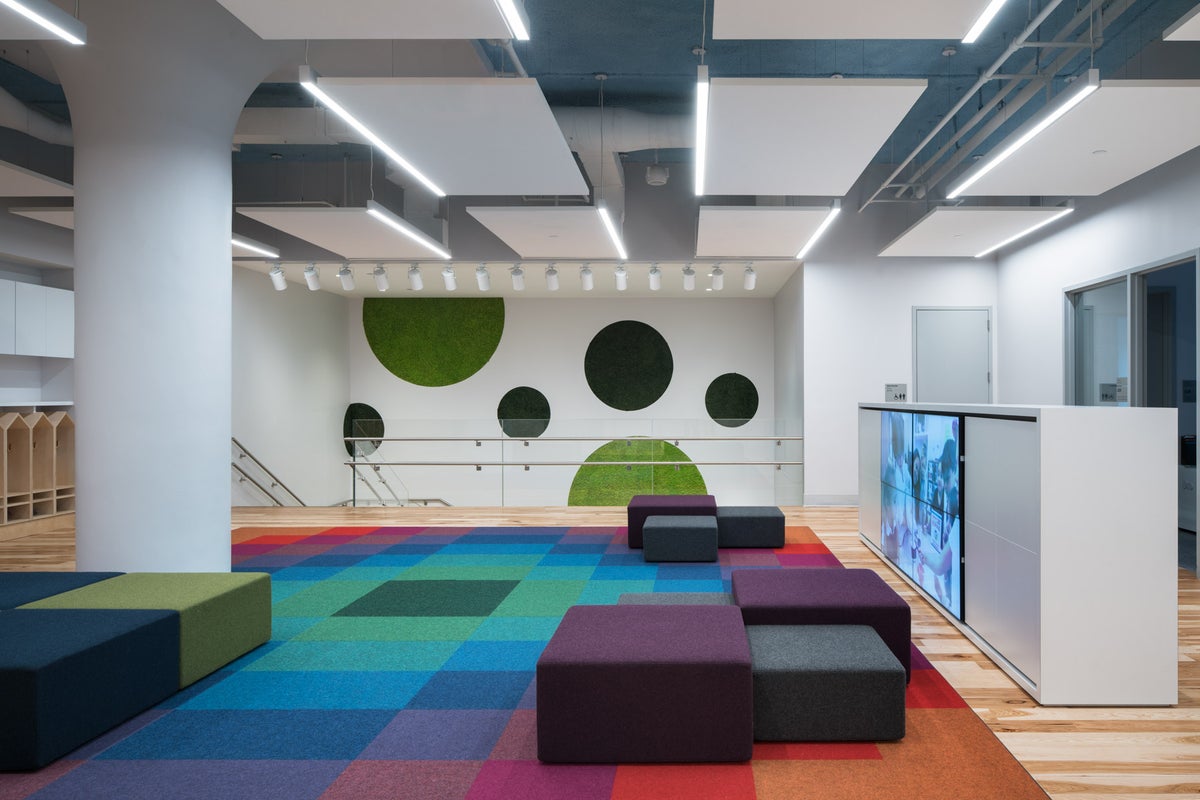Why your employees are actively resisting AI in the workplace (and what to do about it)

Most things in the world are complicated, and identity more than most. Everyone’s sense of self and purpose is a combination of shifting internal and external ingredients, and it’s never permanent: Brain chemistry, physical environment, family structures, life experiences, material conditions, and many other things all mix and change as we move through different phases of life.
And while the factors that contribute to individual identity are unique to each person, the society we’ve built over the past century or so has resulted in some notable commonalities. Traditional support systems have changed, community activities have shifted toward individual ones, and even the quick fulfillment of consumerism has started to lose its appeal.
The result is that even as it’s arguably become easier to secure material well-being, work has become the main way many people form their sense of self. For them, work is a reason to get up in the morning, a substitute family, and the way we accomplish something meaningful with our lives; for many, answering “What do you do?” is often very similar to answering “Who are you?”
Integrating AI into the workforce adds new complexities—but also new opportunities
I’ve seen this in many of the organizations I work with, including the company I lead at the forefront of AI. By introducing a technology with such immense transformative potential into the workplace, we’re faced with a deeper matter than just rethinking the ways we work: AI also challenges our fundamental sense of self. We’re all reevaluating our purpose, our standing in society, and ultimately our value; what’s more, we’re doing so individually as well as collectively, and on a rapid time scale. There are no easy answers, which can result in a hugely polarized workforce.
Some employees react to the introduction of AI into their day-to-day processes with anxiety or outright resistance. But what business leaders can’t lose sight of is that the fears they hear about—for example, that AI could make roles obsolete, that human creativity and judgment will be lost, that long-term career prospects will become untenable—are actually expressions of deeper concerns. The real resistance to AI originates from the uncertainty over rethinking who they are and who they will become, not just from ethical hostility to new technology. It’s an emotional reaction, not a logical one.
We’re also seeing an extreme opposite reaction, a huge movement of people welcoming the “identity crisis” AI is bringing with it. Plenty of employees are adopting AI with urgency, desperate to be given the go-ahead to embrace it fully and to do more with it. Some people are just more comfortable with reinvention, carving out new roles, and exploring ambitious new paths. These are some of the best allies the leader of an AI-implementing organization can have.
There are also plenty of angles in between these extremes, such as those who use AI but carry with them shame around admitting that they’ve used the tech in a piece of work. However, as we’ve seen with other initiatives, incorporating a full range of identities and beliefs makes for a stronger organization—and that includes attitudes toward AI.
Make AI personal and purposeful
What those at the forefront of AI adoption really need to consider is how the people around us can come to feel that the technology can enhance their conception of themselves, not detract from it. It’s a question of framing and communication more than tools: As leaders we must foster the support, skills, and environment every employee needs to identify meaningful new goals and work toward them. It’s a tough switch, but one that’s perfectly possible if you approach it with genuine understanding and a commitment to transparency.
Leading by example and setting the bar high is an approach I’ve found to be particularly inspirational here: Putting things in historical perspective helps the mindset of ambitious, meaningful goals take hold. Just think about how the technology to automate food production allowed us, remarkably quickly, to turn humanity toward putting a person on the moon. What achievements that previously seemed impossible can we make a reality if we all adopt AI?
So addressing why some employees are actively resisting AI means addressing mindsets—and changing them with empathy, openness, and optimism. If successful, today’s business leaders can reframe AI as a way to accelerate how we conceive our own value, elevate the purposes we strive for, and unlock an even more fulfilling sense of self.
What's Your Reaction?
 Like
0
Like
0
 Dislike
0
Dislike
0
 Love
0
Love
0
 Funny
0
Funny
0
 Angry
0
Angry
0
 Sad
0
Sad
0
 Wow
0
Wow
0






















































![Wednesday EPs Explain What That Episode 4 Cliffhanger Means for Part 2: Is [Spoiler] Really Dead?](https://tvline.com/wp-content/uploads/2025/08/wednesday-season-2-episode-4-ending-explained.jpg?#)








































